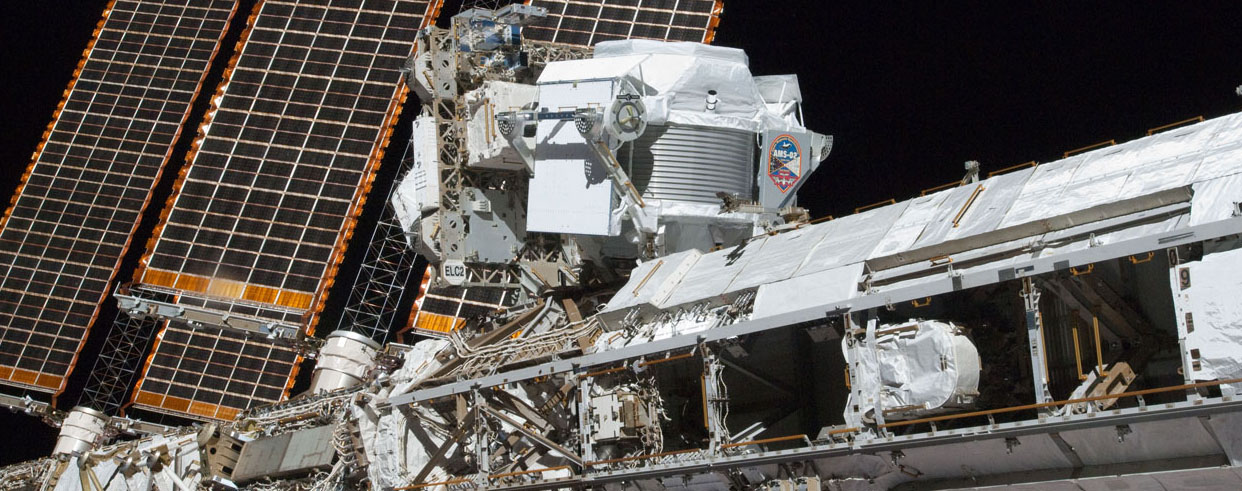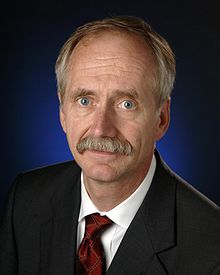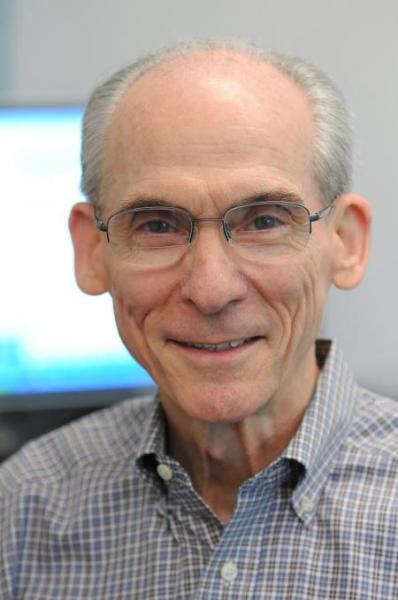
The Alpha Magnetic Spectrometer (AMS) Experiment on the International Space Station has to date recorded over 60 billion cosmic ray events (e-, e+, p, antiproton, He, Li, B/C ...) up to TeV energies. AMS is a precision particle physics detector built with multiple redundancies and adapted to withstand the hostile environment of space over its long duration mission. The AMS Detector was assembled at CERN and extensively calibrated at the CERN accelerator before launch from the Kennedy Space Center to the ISS in May 2011.
In the frame of a 3 days colloquium "AMS Days at CERN", 2 exceptional public lectures by NASA officials are opened to the general public:
| Human Space Exploration by William H. GERSTENMAIER CERN Main Auditorium |
NASA's plan for human exploration will be presented as well as the challenges associated with human exploration of Mars. Radiation is one of the important challenges faced in Mars exploration. The AMS data collected from the International Space Station are contributing to the understanding and offering mitigation for the radiation challenge. This will be described in this talk. Booking is now closed. There are seats available for last minute participants. Otherwise the conference is available live on webcast. |
 |
William H. Gerstenmaier is the associate administrator for the Human Exploration and Operations Directorate at NASA Headquarters in Washington, DC. In this position, Mr. Gerstenmaier provides strategic direction for all aspects of NASA's human exploration of space and cross-agency space support functions of space communications and space launch vehicles. He provides programmatic direction for the continued operation and utilization of the International Space Station, development of the Space Launch System and Orion spacecraft, and is providing strategic guidance and direction for the commercial crew and cargo programs that will provide logistics and crew transportation for the International Space Station. Mr. Gerstenmaier began his NASA career in 1977 at the then Lewis Research Center in Cleveland, Ohio, performing aeronautical research. He was involved with the wind tunnel tests that were used to develop the calibration curves for the air data probes used during entry on the Space Shuttle. Named associate administrator for the Space Operations Directorate in 2005, Mr. Gerstenmaier directed the safe completion of the last 21 Space Shuttle missions that witnessed assembly complete of the International Space Station. During this time, he provided programmatic direction for the integration and operation of the International Space Station, space communications, and space launch vehicles. |
| The Odyssey of Voyager by Prof. Edward C. STONE CERN Main Auditorium |
Launched in 1977 to explore Jupiter, Saturn, Uranus, and Neptune, the two Voyager spacecraft continued their journeys beyond the planets as they searched for the edge of heliosphere, the giant bubble of wind surrounding the sun. Beyond the bubble lies interstellar space, the space between the stars filled with matter from the explosions of other stars and by the magnetic field of the Milky Way. After a thirty-five year journey taking it eighteen billion kilometers from the Earth, Voyager 1 became the first human-made object to enter interstellar space. Voyager’s odyssey continues as it explores the space between the stars. Booking is now closed. There are seats available for last minute participants. Otherwise the conference is available live on webcast. |
 |
Edward C. Stone is the David Morrisroe Professor of Physics and Vice Provost for Special Projects at the California Institute of Technology (Caltech). He is also the Executive Director of the TMT International Observatory LLC and a former Director of NASA’s Jet Propulsion Laboratory. Since 1972, Stone has served as the Voyager chief scientist in the exploration of Jupiter, Saturn, Uranus and Neptune and continues to lead the study of the outer heliosphere and beyond as the Voyager 1 spacecraft begins exploring the space between the stars. He also oversaw the construction and operation of the two ten-meter W. M. Keck telescopes on Mauna Kea, Hawaii, and is now overseeing the development of the Thirty Meter Telescope (TMT) as the Executive Director of the TMT International Observatory LLC. Stone is a member of the U.S. National Academy of Sciences and the American Philosophical Society, past president of the International Academy of Astronautics, and a past vice president of COSPAR. Among his awards and honors, Stone has received the National Medal of Science from President Bush (1991), and asteroid (5481) was named after him. |